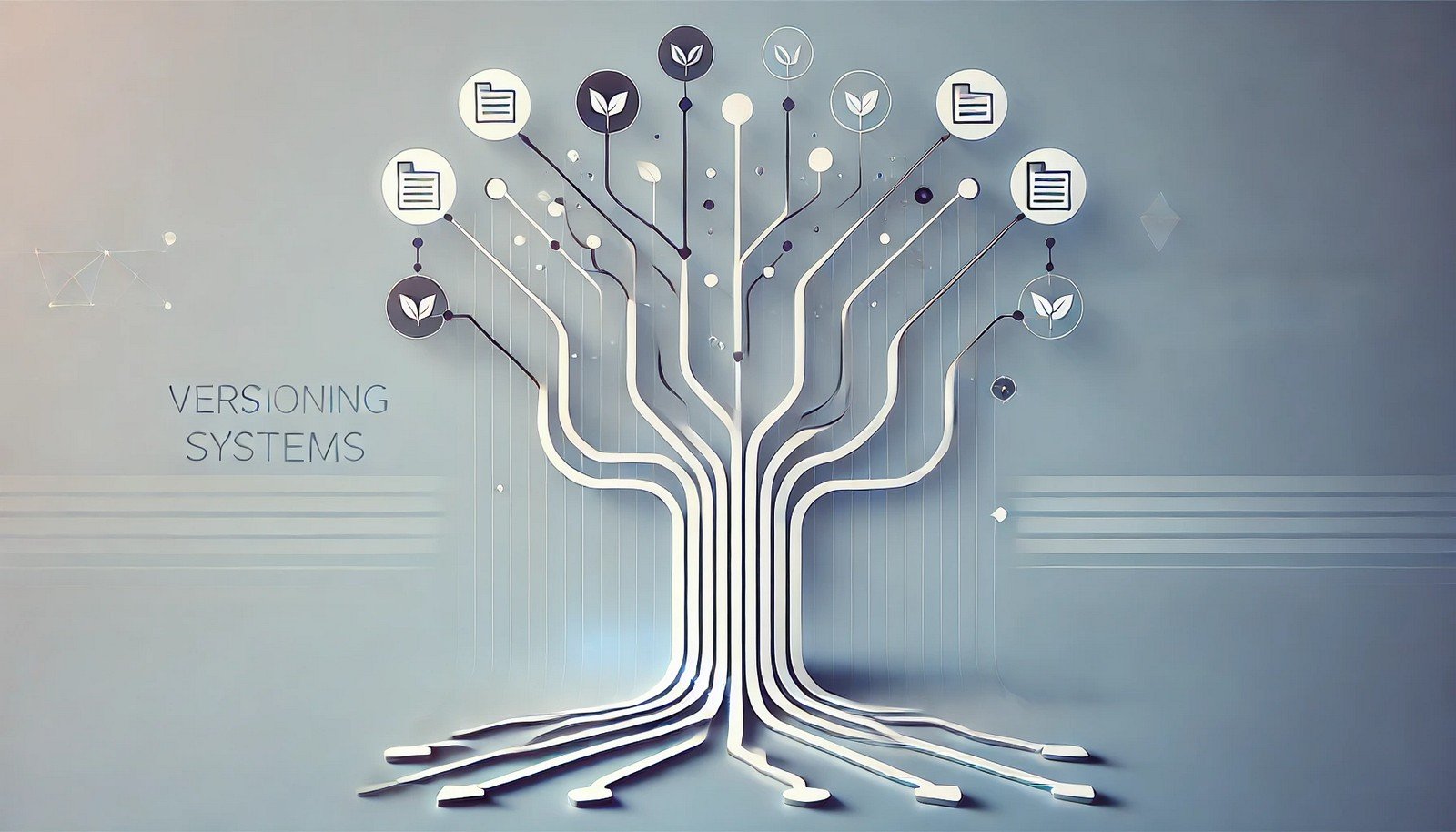Versioning Systems
 (Representational Image | Source: Dall-E)
(Representational Image | Source: Dall-E)
Quick Navigation:
- Versioning Systems Definition
- Versioning Systems Explained Easy
- Versioning Systems Origin
- Versioning Systems Etymology
- Versioning Systems Usage Trends
- Versioning Systems Usage
- Versioning Systems Examples in Context
- Versioning Systems FAQ
- Versioning Systems Related Words
Versioning Systems Definition
Versioning systems are software tools that help manage changes to files, codebases, and documents over time. They allow multiple users to track modifications, revert to previous versions, and collaborate efficiently. These systems can be centralized (like SVN) or distributed (like Git), ensuring data integrity and a structured workflow for software development and document management.
Versioning Systems Explained Easy
Imagine writing a story with a group of friends. Every time someone adds a new paragraph, you save a copy of the story. If someone makes a mistake, you can go back to an earlier version instead of starting over. Versioning systems work the same way for computer programs and documents, making sure that changes are saved, tracked, and reversible.
Versioning Systems Origin
Version control systems originated in the 1970s to support large-scale software development. Early systems like SCCS (Source Code Control System) and RCS (Revision Control System) laid the foundation for modern tools like CVS, Subversion, and Git. The need for collaborative and distributed development led to the rise of Git and Mercurial in the early 2000s.
Versioning Systems Etymology
The term "versioning" comes from "version," meaning a specific state or form of something. It refers to maintaining different iterations of files or software over time, ensuring organized tracking and retrieval.
Versioning Systems Usage Trends
With the growth of open-source projects, remote work, and continuous integration/deployment (CI/CD), versioning systems have become indispensable. Git, in particular, dominates software development due to its flexibility and widespread use in platforms like GitHub and GitLab. Cloud-based versioning solutions are also growing, providing seamless collaboration.
Versioning Systems Usage
- Formal/Technical Tagging:
- Software Development
- Data Management
- Collaboration Tools - Typical Collocations:
- "Version control system"
- "Git repository"
- "Commit changes"
- "Branching strategy"
Versioning Systems Examples in Context
- A team of developers uses Git to collaborate on a software project, tracking changes and merging code seamlessly.
- Writers working on a research paper save different versions of their drafts, ensuring they can revert to earlier edits if needed.
- A company manages documentation updates using a versioning system to maintain consistency across multiple editions.
Versioning Systems FAQ
- What is a versioning system?
A versioning system is a tool that tracks changes to files over time, allowing users to revert, compare, and manage different versions. - What are the main types of versioning systems?
There are centralized version control systems (CVCS) like SVN and distributed version control systems (DVCS) like Git. - Why is Git so popular?
Git is widely used due to its distributed nature, fast performance, and strong branching/merging capabilities. - What is the difference between Git and SVN?
Git is a distributed system that allows local repositories, whereas SVN is centralized and requires a single remote repository. - How do developers collaborate using versioning systems?
Developers use repositories to store and share code, merging changes and resolving conflicts using tools like GitHub or Bitbucket. - What is a commit in version control?
A commit is a snapshot of changes made to files, saved in the versioning system’s history. - How do branches work in versioning systems?
Branches allow users to create separate development lines without affecting the main project, enabling parallel work. - What is a merge conflict in Git?
A merge conflict happens when two or more changes affect the same part of a file, requiring manual resolution. - Can versioning systems track non-code files?
Yes, they can track any type of file, including documents, images, and spreadsheets. - How does versioning benefit businesses?
It improves collaboration, maintains data integrity, prevents accidental overwrites, and allows easy rollback to previous states.
Versioning Systems Related Words
- Categories/Topics:
- Software Engineering
- Collaborative Tools
- Project Management
Did you know?
The most popular versioning system, Git, was created by Linus Torvalds in 2005 to manage the development of the Linux kernel. Today, it is the backbone of software development across the world.
PicDictionary.com is an online dictionary in pictures. If you have questions or suggestions, please reach out to us on WhatsApp or Twitter.Authors | Arjun Vishnu | @ArjunAndVishnu

I am Vishnu. I like AI, Linux, Single Board Computers, and Cloud Computing. I create the web & video content, and I also write for popular websites.
My younger brother, Arjun handles image & video editing. Together, we run a YouTube Channel that's focused on reviewing gadgets and explaining technology.



Comments powered by CComment